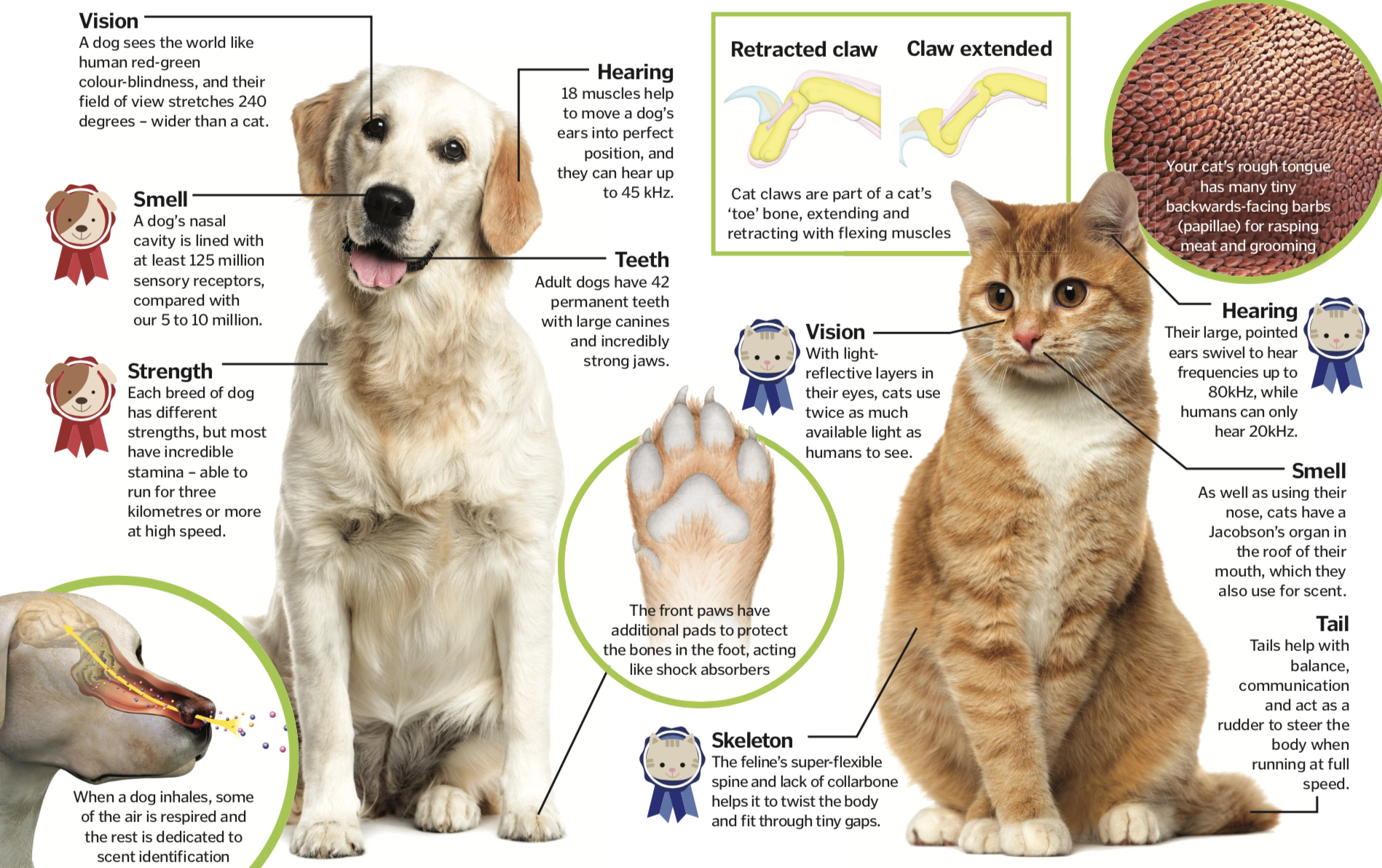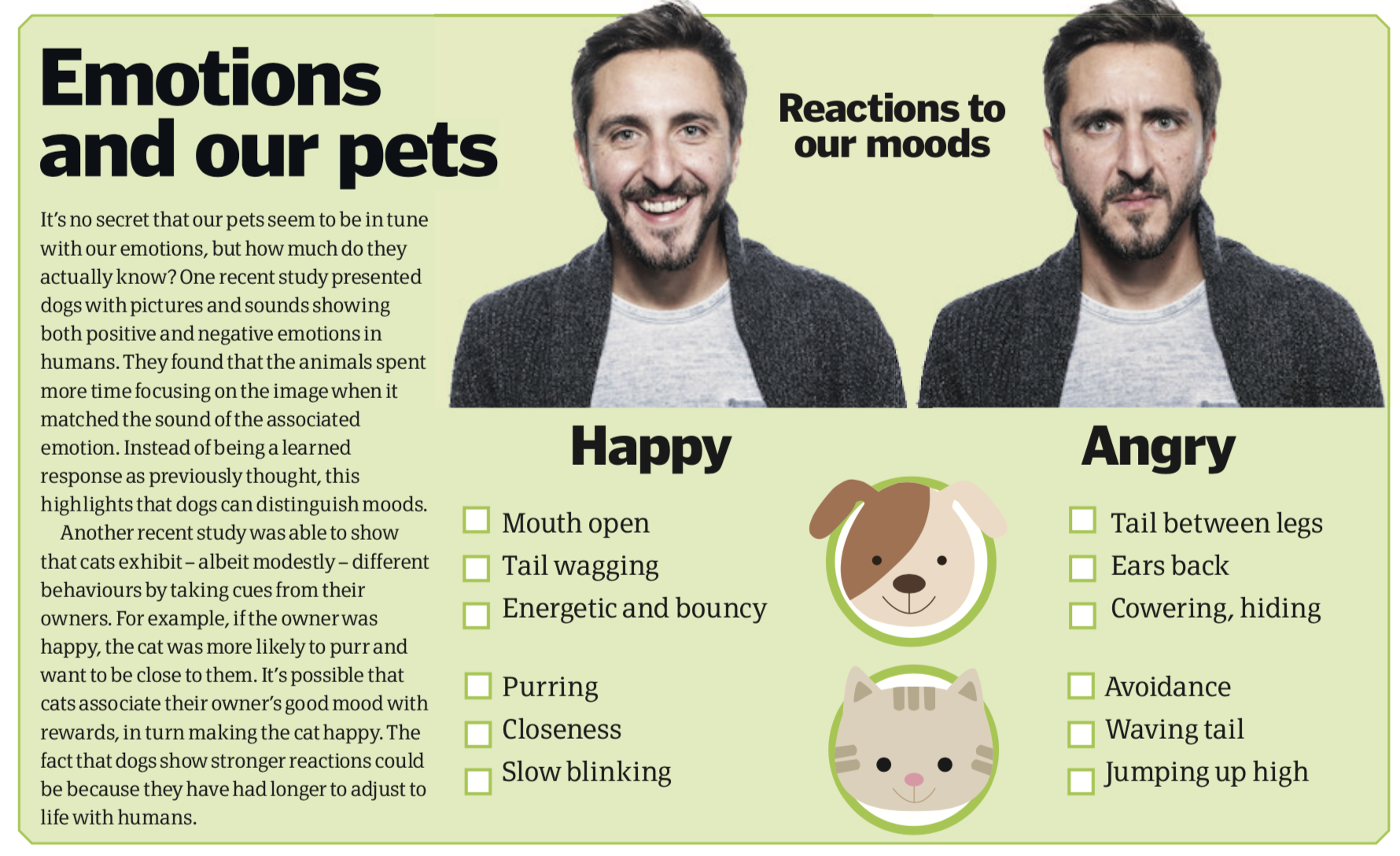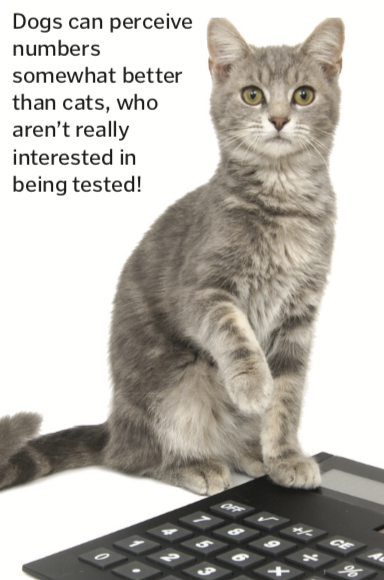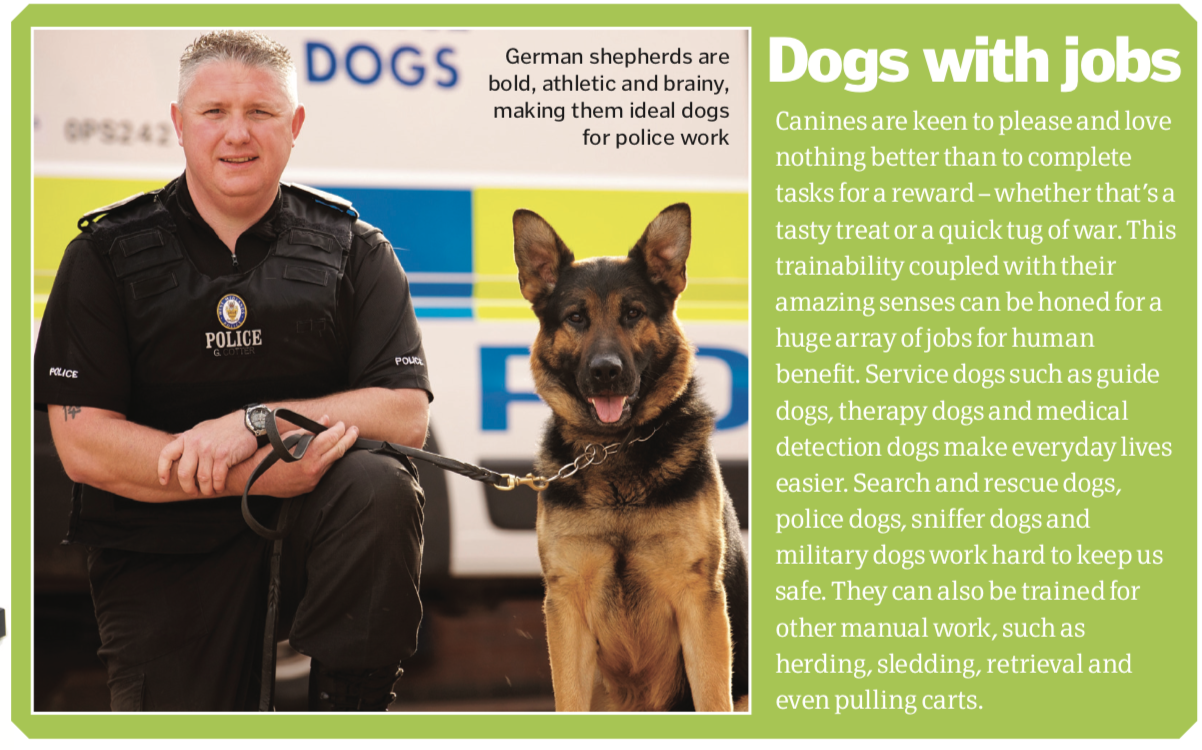Cats vs Dogs – which pet comes out on top?
It’s no surprise that dogs and cats have the majority vote as domestic pets. Humans are a tactile bunch, and nothing gets the pleasure centres in our brains firing more than petting an adorable animal. Nearly half of all UK households have pets, with 24 per cent having a dog and 17 per cent owning a cat.
We are hard-wired to take care of things we find cute and helpless like our own offspring, so we can’t help but coo over little puppies as if they were our own. This relationship is enhanced by the almost intuitive way that our pets respond to us, and when you realise that dogs and humans have evolved together, it’s not hard to comprehend how the mutts have been branded as ‘man’s best friend’.
Recent studies have proven that dogs can recognise emotion on faces, display jealousy and they’re even able to coherently watch TV (when there are animals involved). They learn in the same way that children do, are susceptible to emotional contagion (try yawning next to your pup and see if he yawns too) and have a distinct awareness of time.
Although cats, as solitary creatures, aren’t fussed about joining in every aspect of our lives, they’ve been proven to pay more attention than we often assume. Cats can recognise our moods and react accordingly, they can get us to help them without us even noticing and even replicate sounds that subliminally galvanise us into action. Cats also see humans as their surrogate family – has your kitty ever brought you back a live-or-dead gift? She’s actually trying to impart her hunting knowledge. Kittens are raised by their mothers, who will begin to teach them by bringing back dead prey. If Tibbles is delivering you large, live prey to dispatch yourself, then congratulations – you’re ready to accompany her on the hunt.
Felines are the natural survivors of the pet world and although we love caring for them, cats could survive just fine without our help. Interestingly, evolutionary research has shown that cats have been involved in the extinction of over 40 dog species by outcompeting them for food.
Whether you’re a cat person or a dog person, read on to find out the amazing attributes of both species, and you might just switch your side.

Cats are the gymnasts of the pet world – they are light, nimble and have an amazing ‘righting’ reflex that means they always land on their paws. They also have impressive night vision, acute hearing and two ways to sense smells. Ever seen your cat lifting his lips in a snarl? That’s him using his Jacobson’s organ to home in on a scent.
So in the battle of the senses, the kitties seem to win by a whisker – apart from in the nose category. Dogs ‘see’ the world through scent, and can sniff out some odours in parts per trillion – the equivalent of detecting one teaspoon of sugar in a million gallons of water! A study has also shown that dogs favour using different nostrils, depending on how the smell makes them feel.
When it comes to physical strength and stamina, the moggies put up an excellent fight, but the hounds have the edge. There’s a breed for every task, and dogs are capable of going to extremes. Cats can run fast, with a top speed of 48 kilometres per hour, but dogs can run fast for a very long time. Cats can jump high, but dogs can jump far, time and time again. Greyhounds can hit 68 kilometres per hour, huskies can brave sub-zero temperatures, collies are super agile, and there are even Newfoundland dogs that jump into water from helicopters to save human lives.


Dogs have been domesticated for a very long time. Last year, a genetic study suggested the process began over 30,000 years ago, and that modern-day domestic dogs are descended from various regional wolf populations. It’s thought that wolf domestication happened as opportunistic animals followed nomadic humans, benefitting from their scraps. The aggressive wolves would likely have been eradicated as humans would not have tolerated toothy predators. In time, the gentler wolves would have been selectively bred. In contrast, domestic cats first appeared around 9,500 years ago, probably in the Middle East. Their ancestors are wildcats, which still roam various wildernesses across the world today and whose lineage can be traced back 130,000 years. It’s thought that domestication occurred as plentiful rodent populations attracted wildcats to live near human settlements, and then they may have been fed and homed in order to keep rat numbers down.

![]()
Dogs and cats spend a huge amount of time with us. We cuddle them, stroke them and let them into every part of our daily lives – so it’s not surprising that our furry friends have developed intuitive ways to communicate with us. Vocalisations play a large part. Dogs have a hugely flexible range, including whimpering, yipping, growling and barking. Adult wolves don’t bark (although juveniles do), so barking has been developed through human-dog evolution specifically as a language for us to understand. Dogs will also use eye contact to connect with us and even follow our gaze in order to figure out what we’re looking at. This a purely domestic habit, as wolves in the wild don’t make eye contact with humans. Cat meows have an even more ingenious hook than a dog’s woof, however. From living alongside humans for so long, cat noises have evolved to contain acoustic patterns that connect with us on a subliminal level. A cat’s ‘solicitation purr’ – a mix of purr and loud meow that no one can resist – uses the same frequency as a baby’s cry and kick-starts our instinctual desire to protect and care. Body language plays an even larger part in pet communication. This is how animals show their emotions.
A happy cat that wants to be stroked will arch his back under your hand and purr, but if a cat shrinks away, he’s not interested. Flattened ears can mean they’re worried or anxious, and hissing and spitting means they’re ready to fight. Conversely, when your cat does that curious ‘slow-blink’ at you, this is a relaxed gesture that means all is well with the cat’s world. Dogs also use body language in many different ways. When Fido’s ears are perked up, his head high and tail wagging, he’s a happy boy. But if he’s hiding, with ears down or flattened with his tail between his legs, this is a sign of a dog that’s worried or frightened. A truly content dog will lie on his back, exposing his neck and tummy to the world. When a dog strikes this pose, scratch away – he’ll love it. Yet when a cat does it, you might just get a scratch yourself, as this generally isn’t an invitation. Body language plays an even larger part in pet communication. This is how animals show their emotions. A happy cat that wants to be stroked will arch his back under your hand and purr, but if a cat shrinks away, he’s not interested. Flattened ears can mean they’re worried or anxious, and hissing and spitting means they’re ready to fight. Conversely, when your cat does that curious ‘slow-blink’ at you, this is a relaxed gesture that means all is well with the cat’s world. Dogs also use body language in many different ways. When Fido’s ears are perked up, his head high and tail wagging, he’s a happy boy. But if he’s hiding, with ears down or flattened with his tail between his legs, this is a sign of a dog that’s worried or frightened. A truly content dog will lie on his back, exposing his neck and tummy to the world. When a dog strikes this pose, scratch away – he’ll love it. Yet when a cat does it, you might just get a scratch yourself, as this generally isn’t an invitation.


The average dog has the intelligence of a two-year-old child, and they also have a larger brain in comparison to their body size than cats. However, cats have a larger cerebral cortex than dogs, which is the area of the brain responsible for cognitive information processing.
As these animals are different species with wildly different histories and lifestyles, it’s difficult to compare them to decide who is the beast with the biggest IQ (as opposed to comparing dog breeds for intelligence – the border collie wins, in case you were wondering) but each species has intelligent attributes in its own right.
One thing to consider is training. Dogs are very easy to train because they love to work for a reward. They also learn in the same way that human children do. But it’s not widely known for cats to perform so well. This is because they’re fiercely independent animals, but don’t be fooled; although it’s difficult, they can be trained, just not in the specific way that dogs can (although there are some cases that claim otherwise). If your cat wakes you up in the night and you get up to feed him, you’ve unintentionally trained him to do this again and again.
Cats are very perceptive, and will use your actions and reactions to govern their behaviour as it benefits them. Some might say that this is an even more intelligent attribute than a dog’s ability to do a handstand on demand!
![]()
Recent studies have shown dogs can identify higher numbers of dots when faced with a selection of images. This is likely to be because dogs are pack animals, and in the wild, wolves need to know numbers of their own as well as rival groups. Dogs can also detect simple additions and subtractions.
But how do cats fare? A numeracy test isn’t really a fair game, because as solitary creatures it’s more important for them to be able to perceive size rather than numbers. This is the outcome of a few tests on moggies, but it’s also notoriously difficult to hold their interest in these kinds of tests, making it hard to gain a clear comparison!

Do our pets listen?
The doggy brain interprets voices rather like ours do. MRI scans of dogs and people showed that similar regions of the brain responded to human voices – the first time this has been witnessed in non-primates. Dogs also respond to the emotion conveyed in the voice, explaining why vocal communication between humans and dogs is so successful. With cats it’s a slightly different story; although they can recognise their owners’ voice over that of a stranger, studies show that compared to dogs, they don’t place as much signifi cance on this and easily ignore us. It’s thought that this is because cats weren’t actively domesticated by humans in the same way as dogs.

For more information about science and technology, pick up your copy of Issue 106 from all good retailers or from our website now. If you have a tablet or smartphone, you can also download the digital version onto your iOS or Android device. To make sure you never miss an issue of How It Works magazine, subscribe today!
How to Speak Cat: A phrase book to speak to our furry feline friends.
Why do cats like boxes so much?
Dogs are as clever as toddlers




